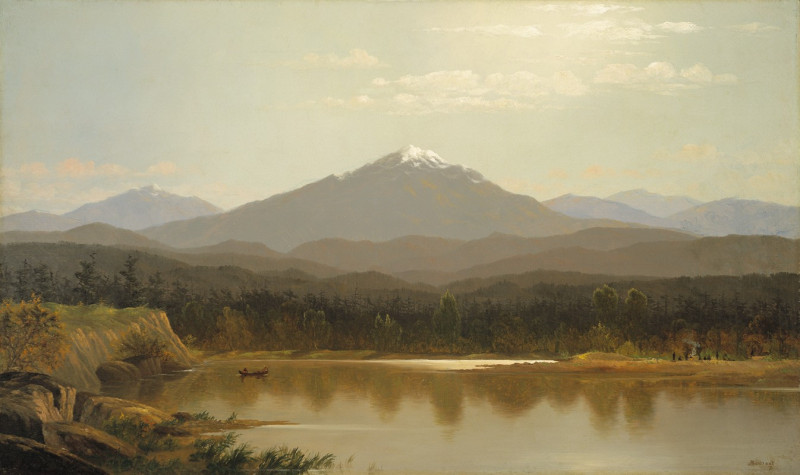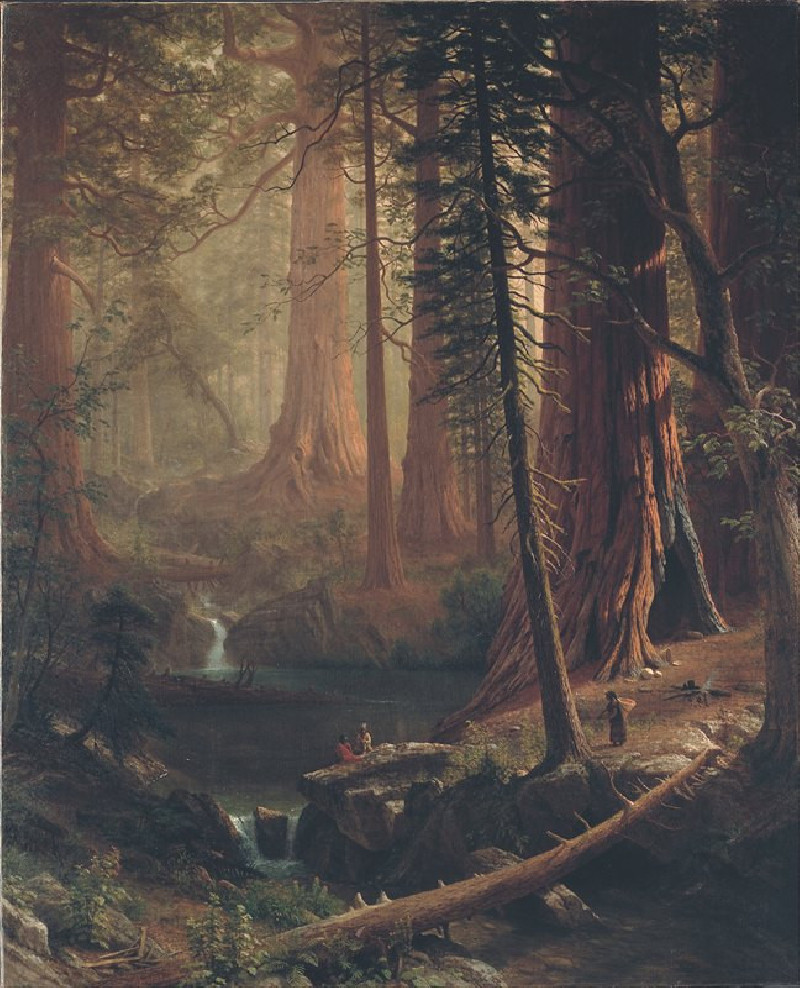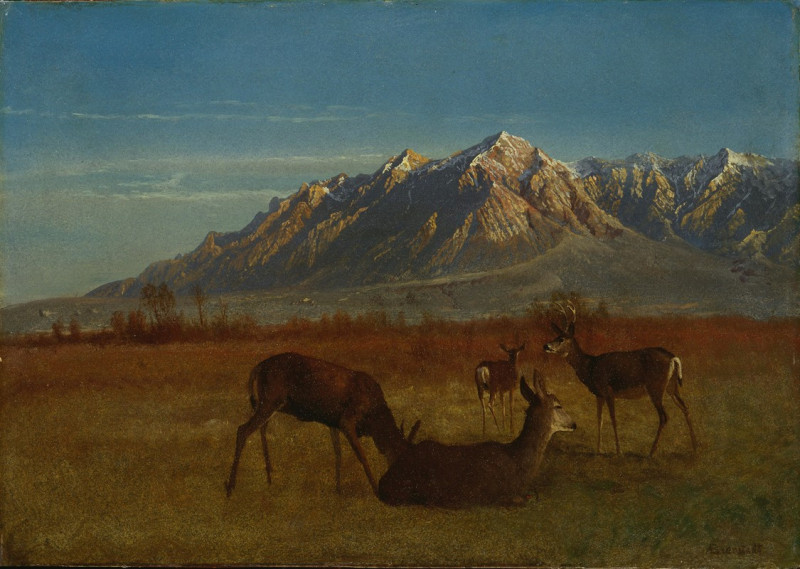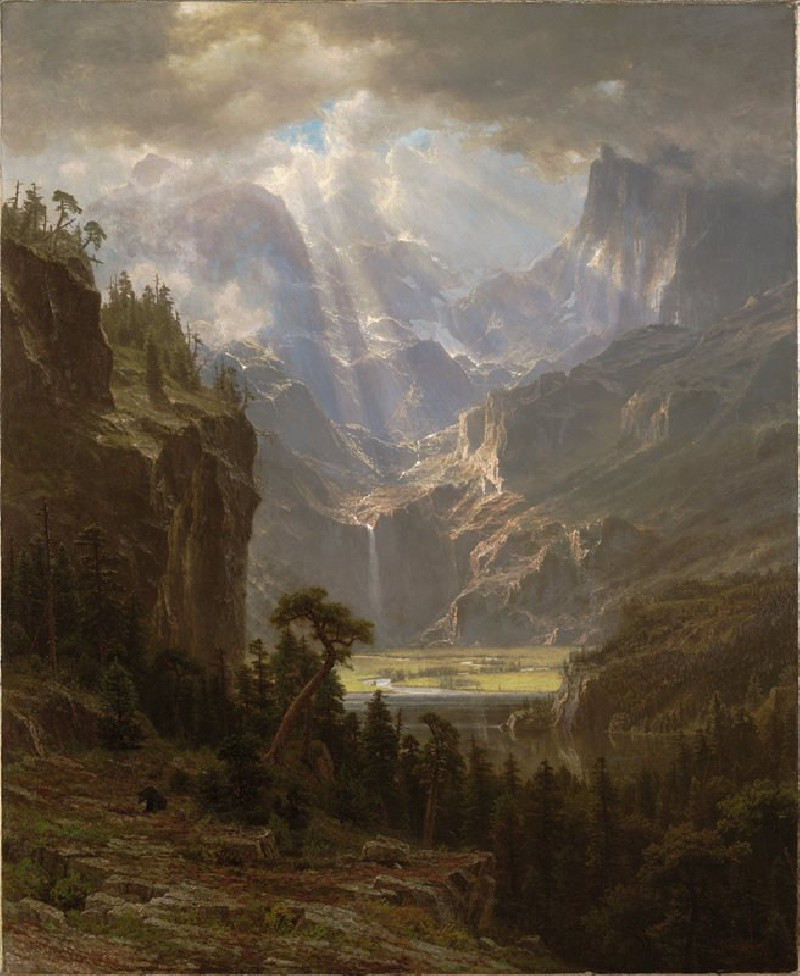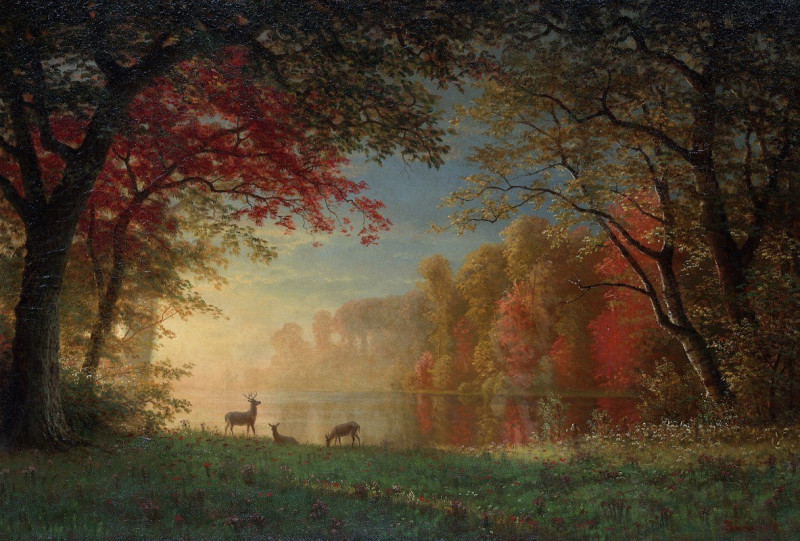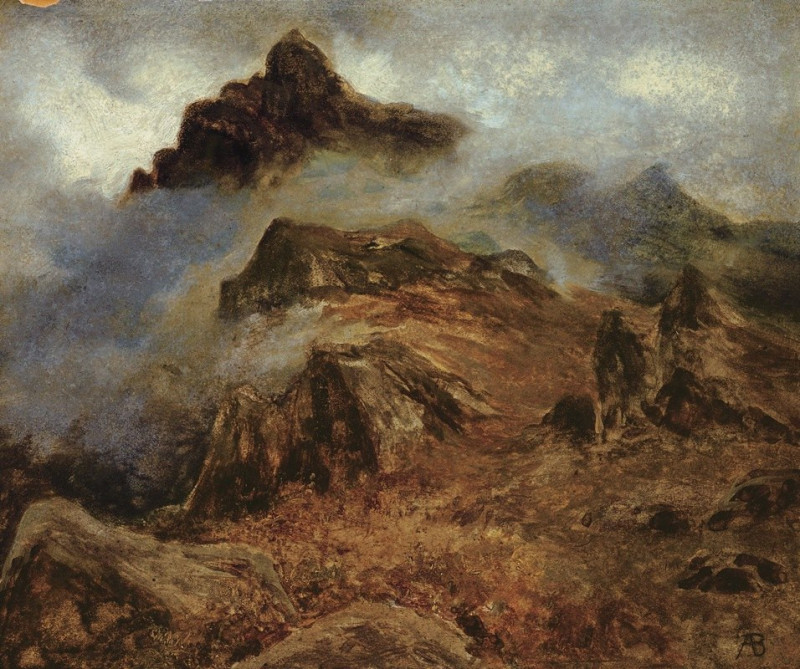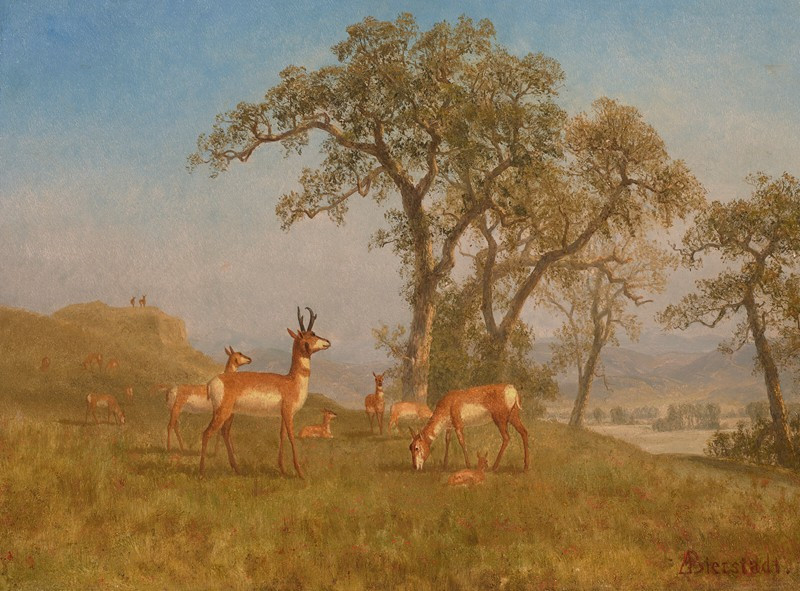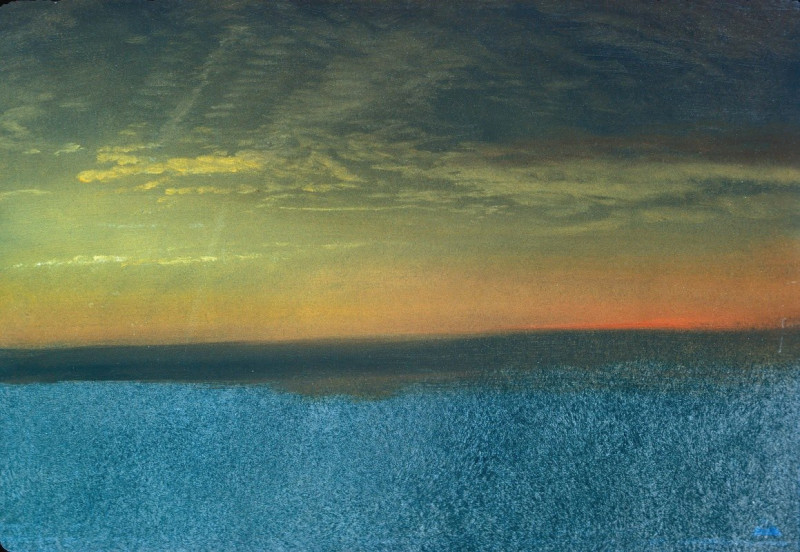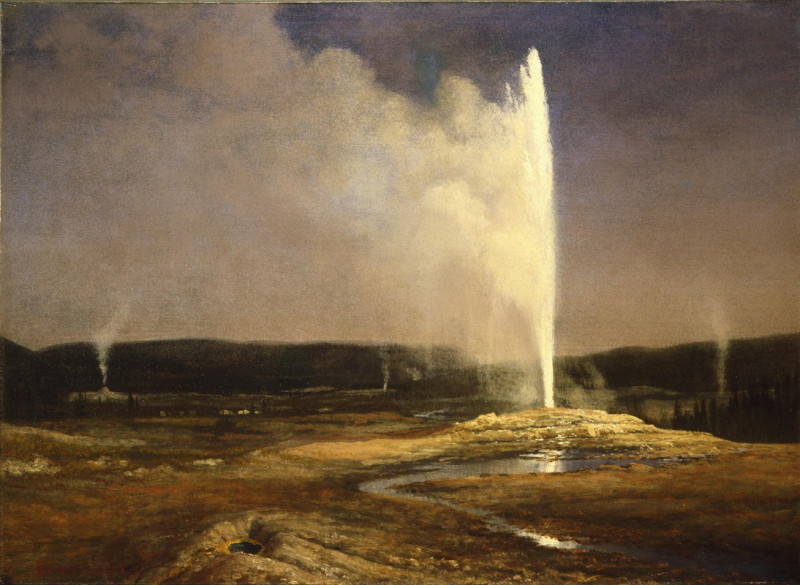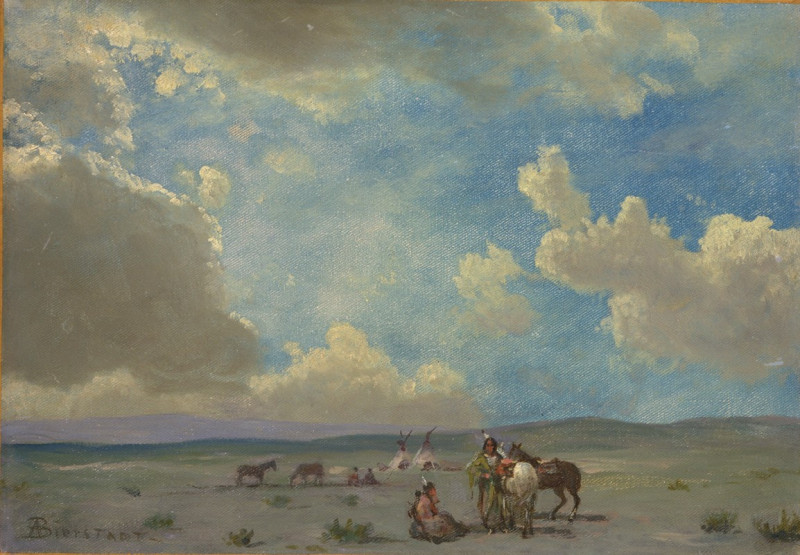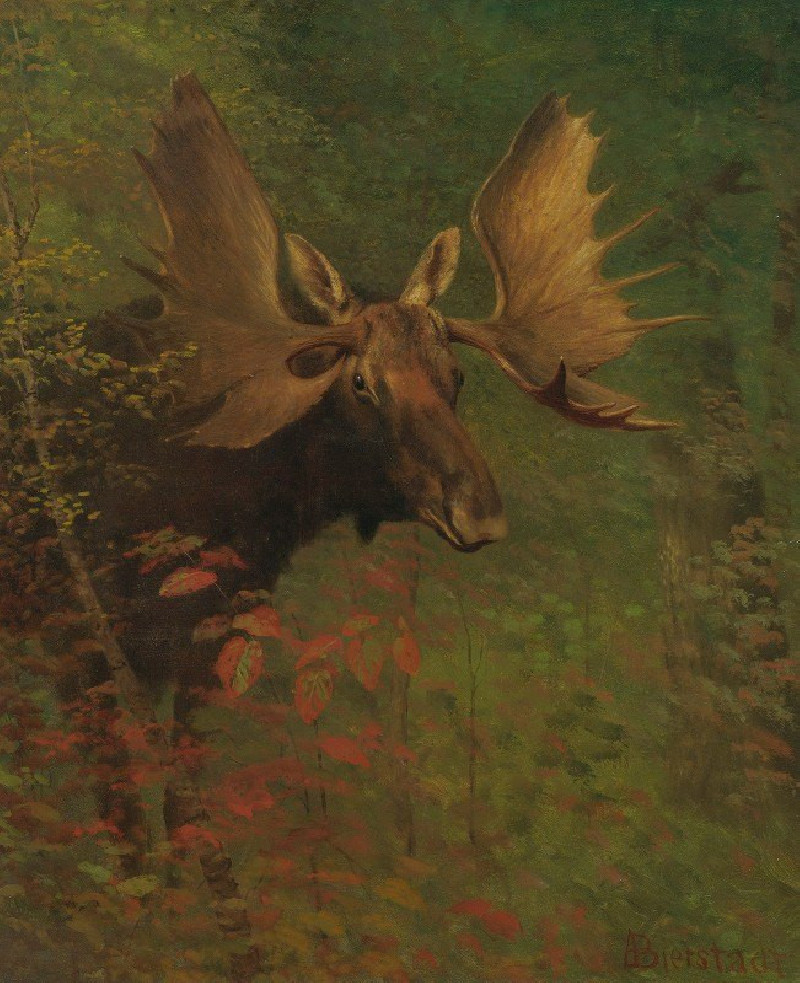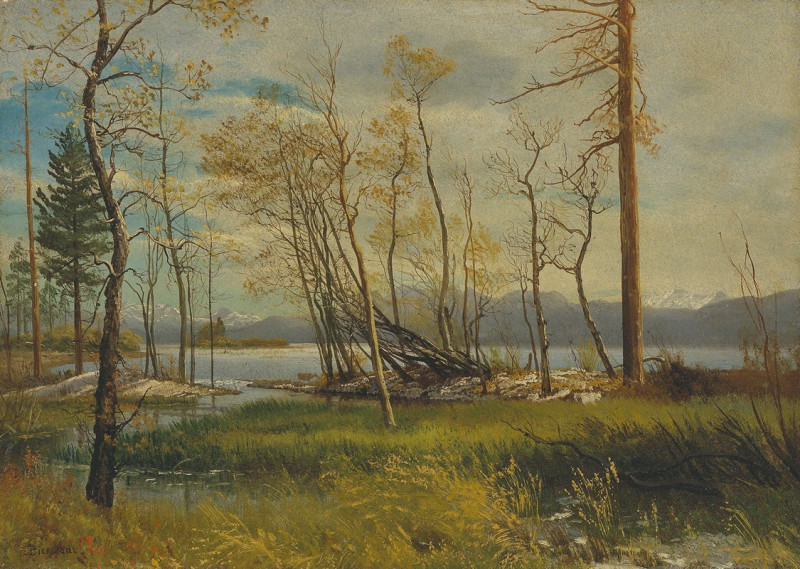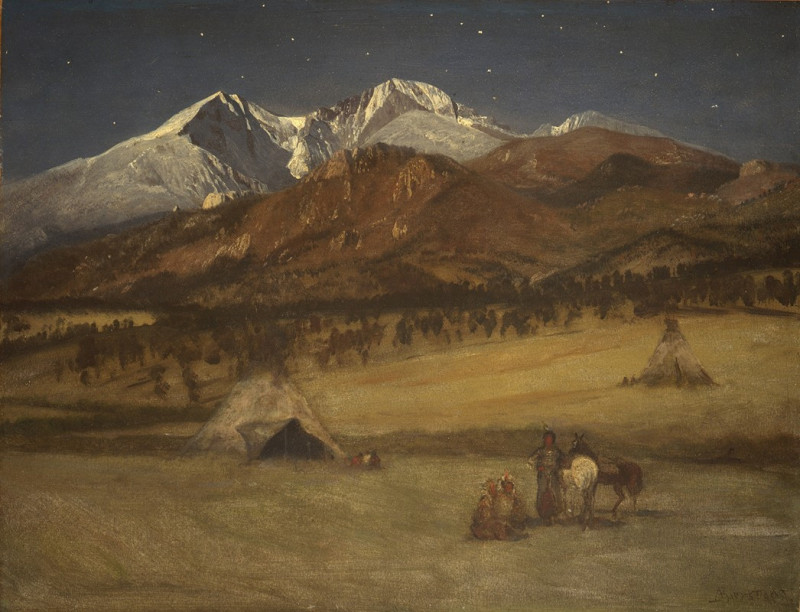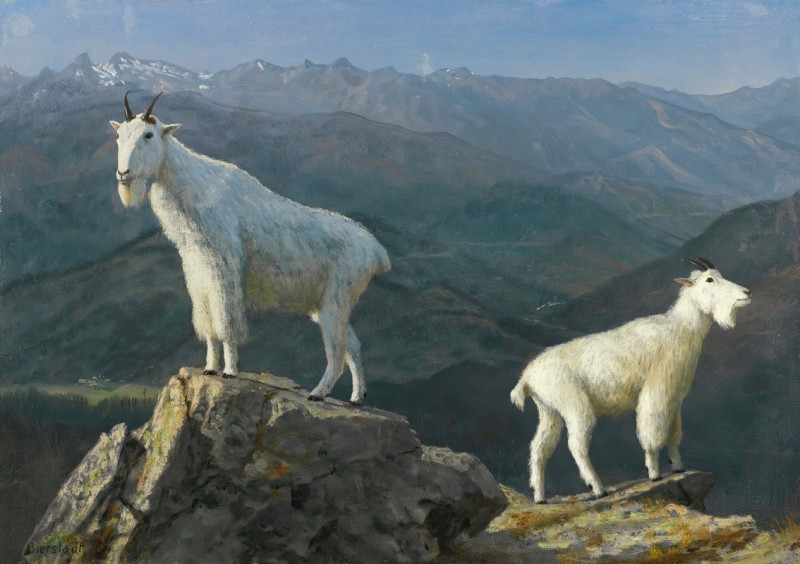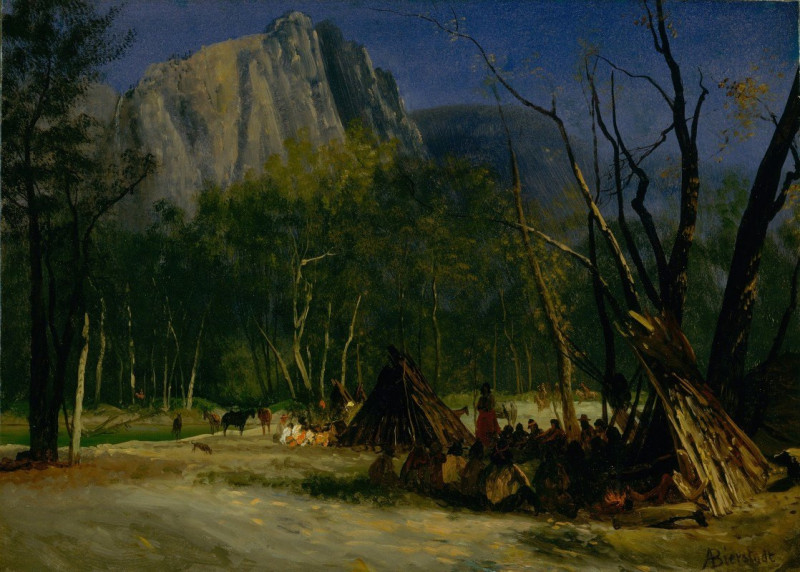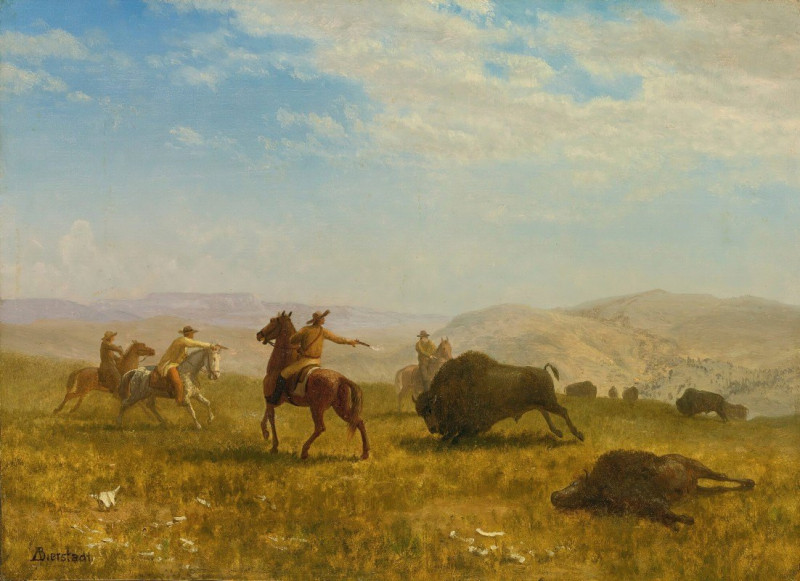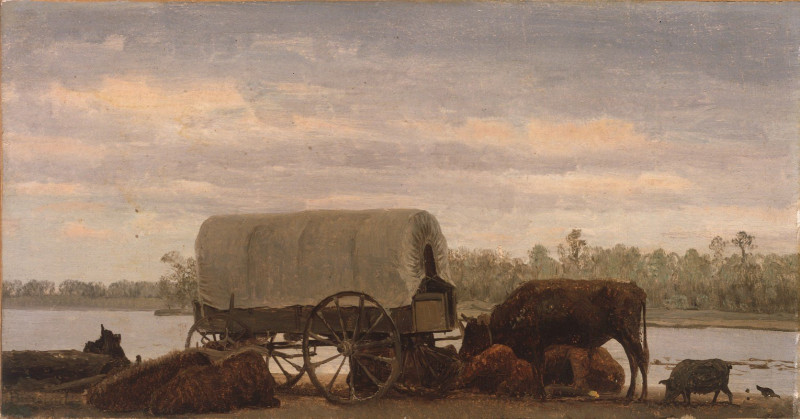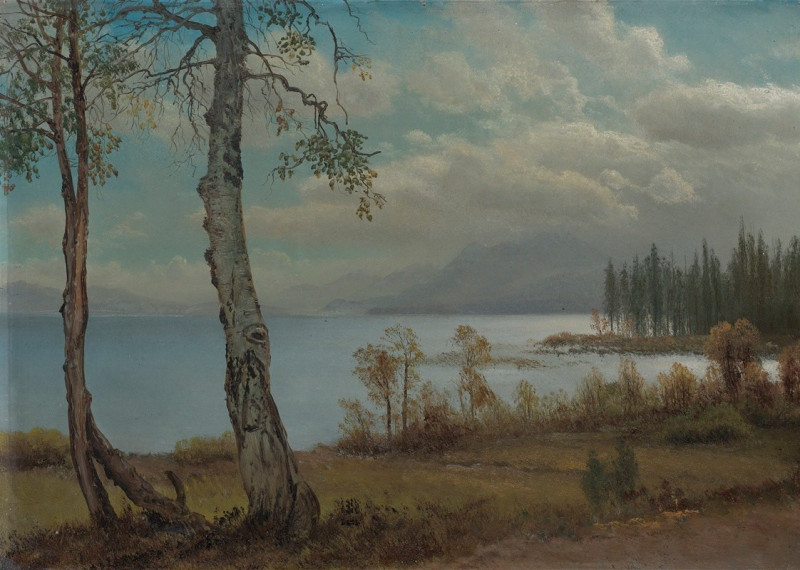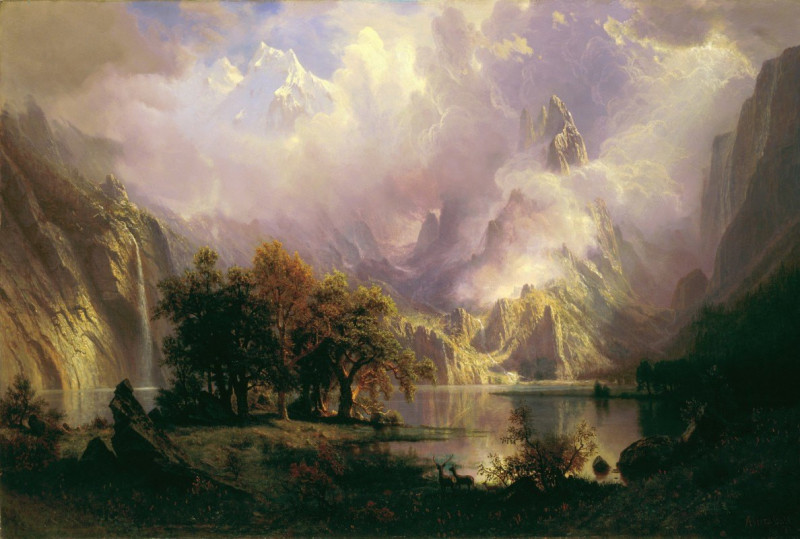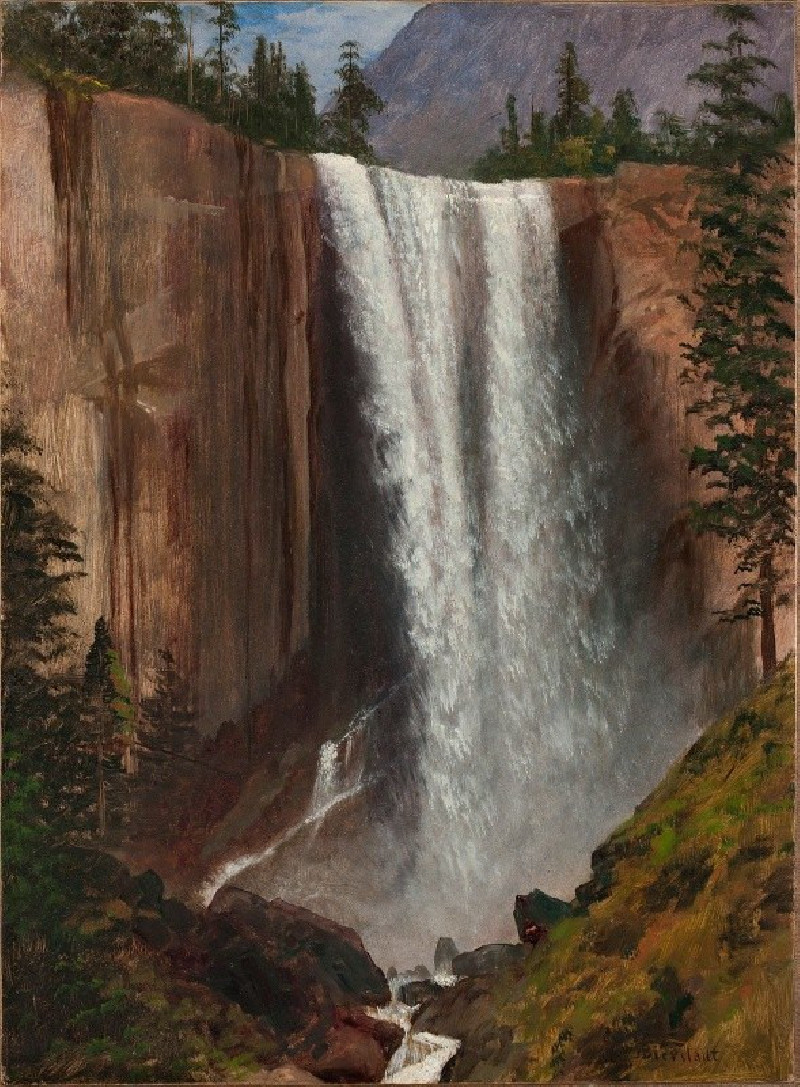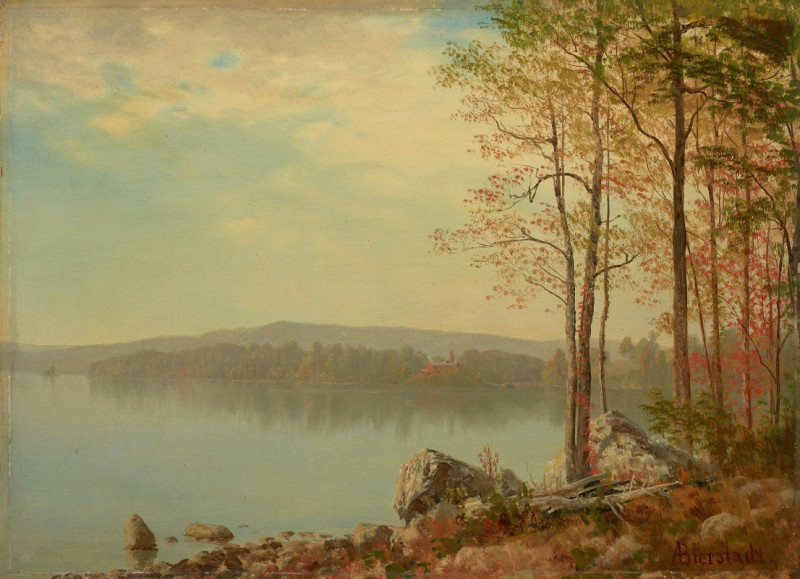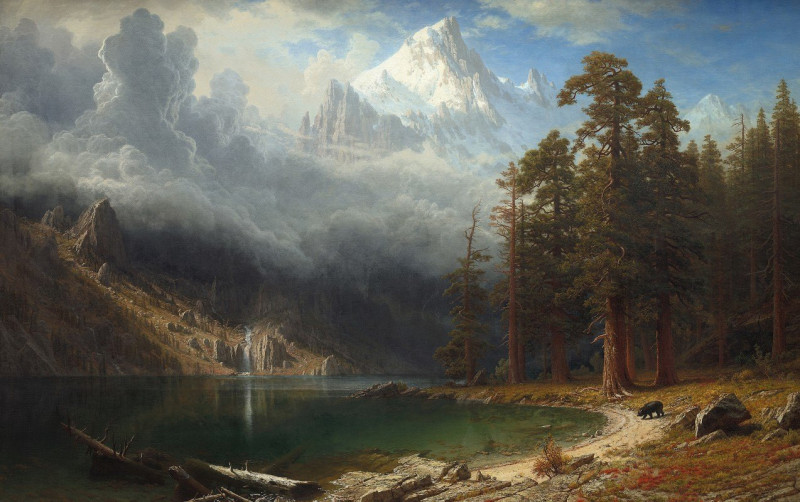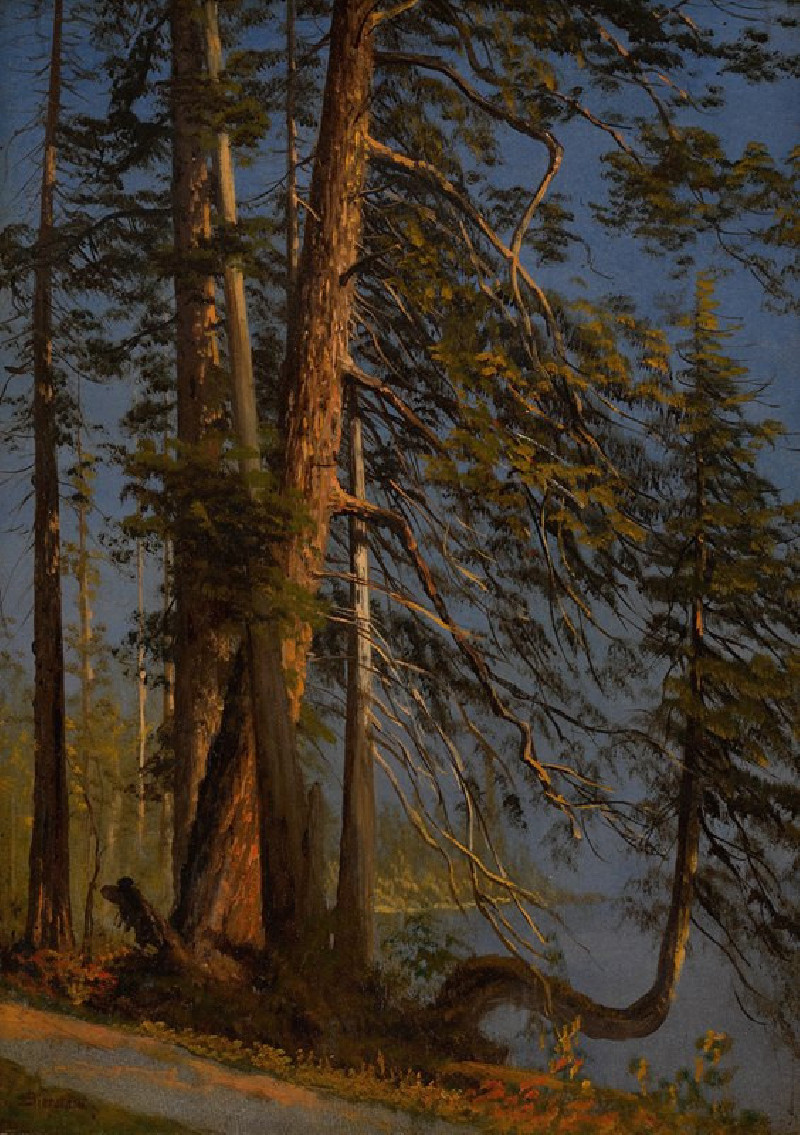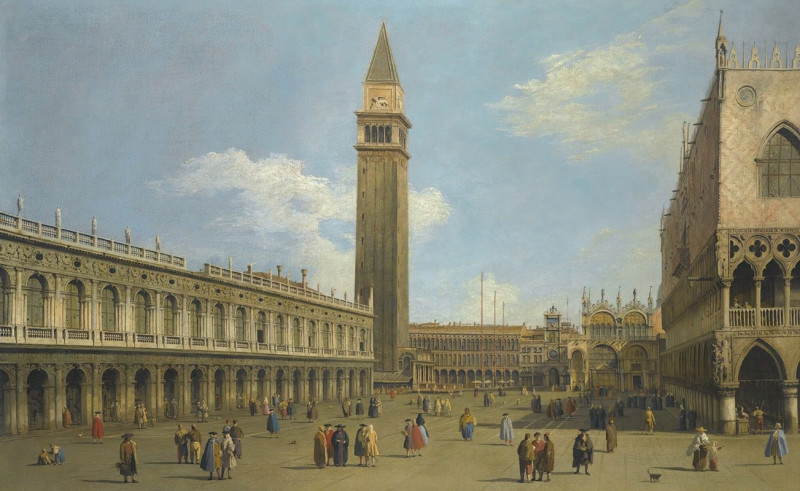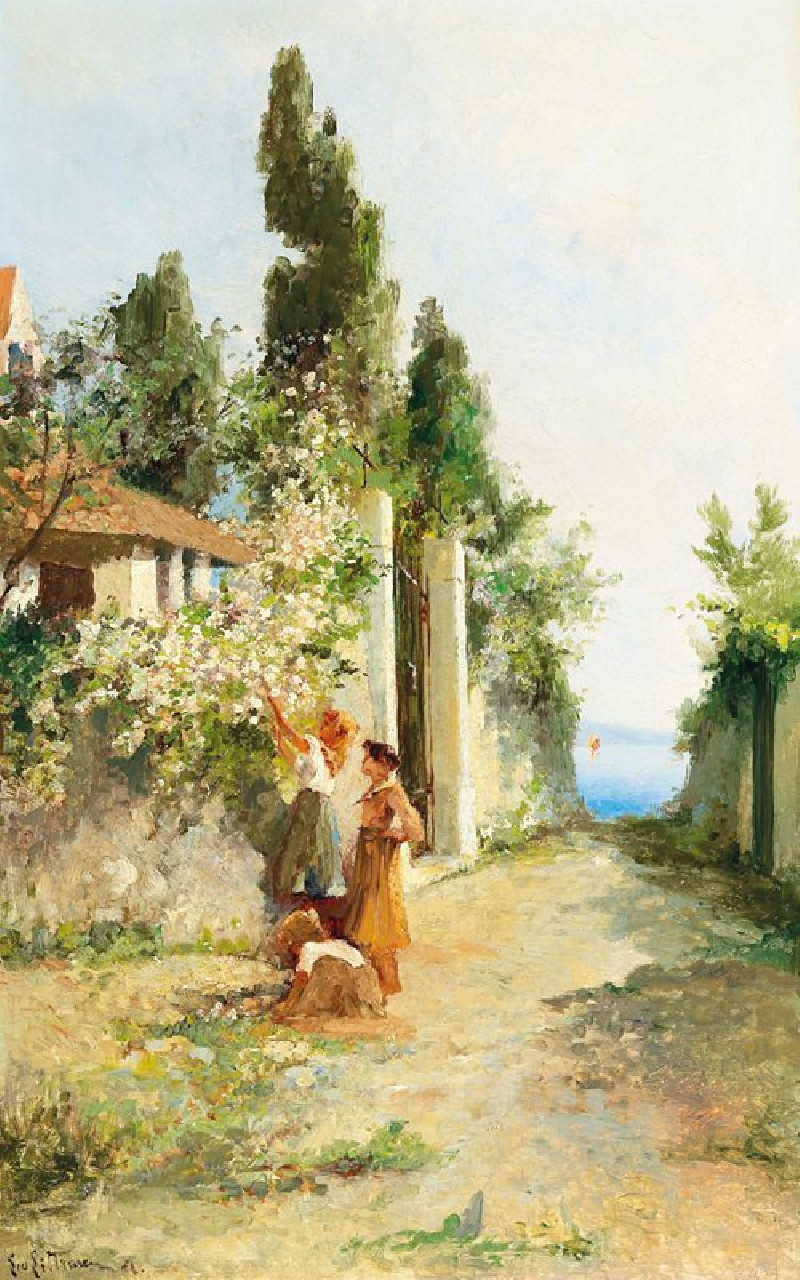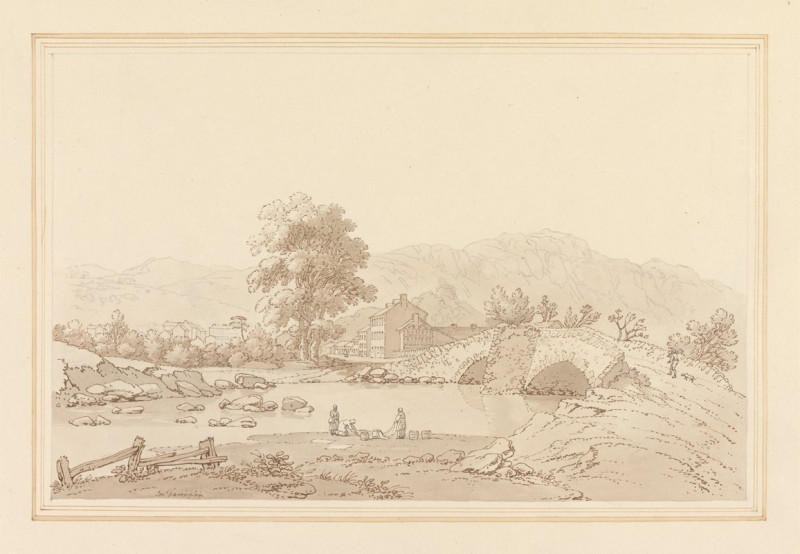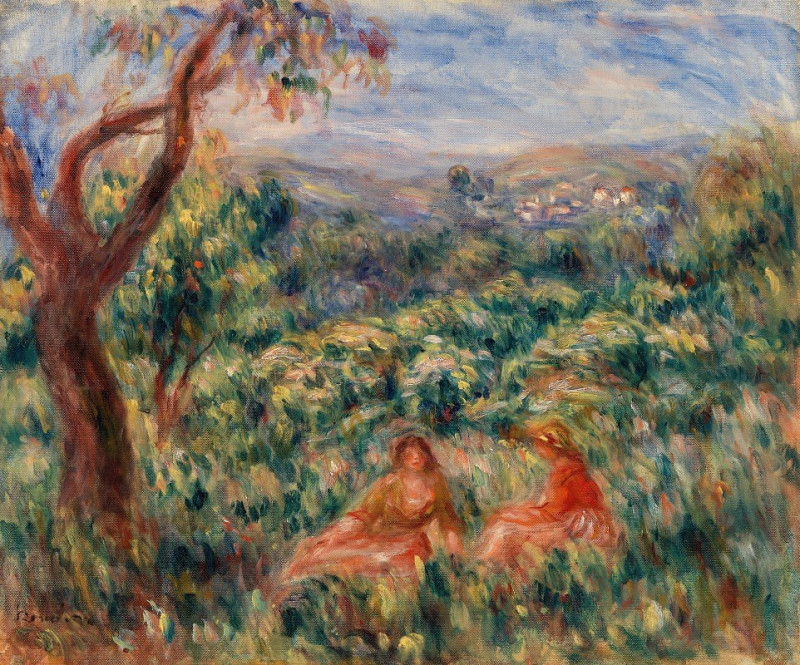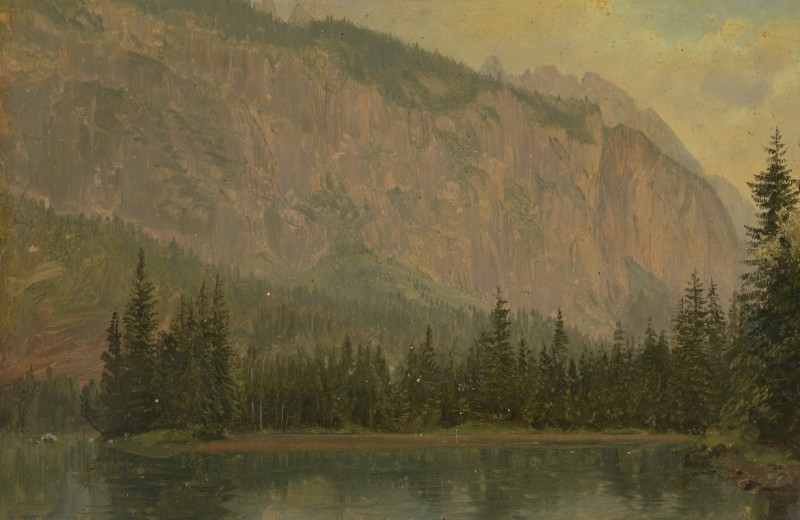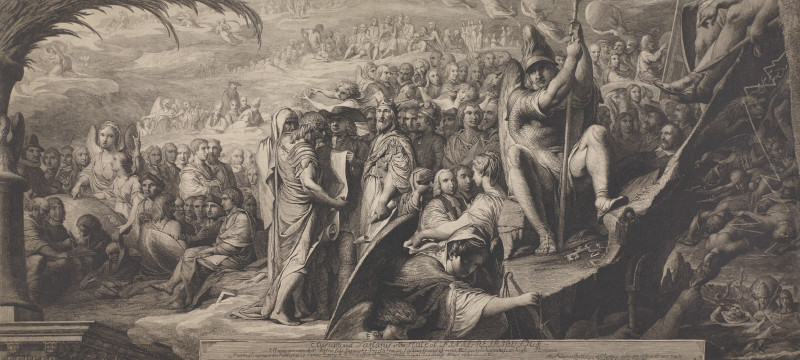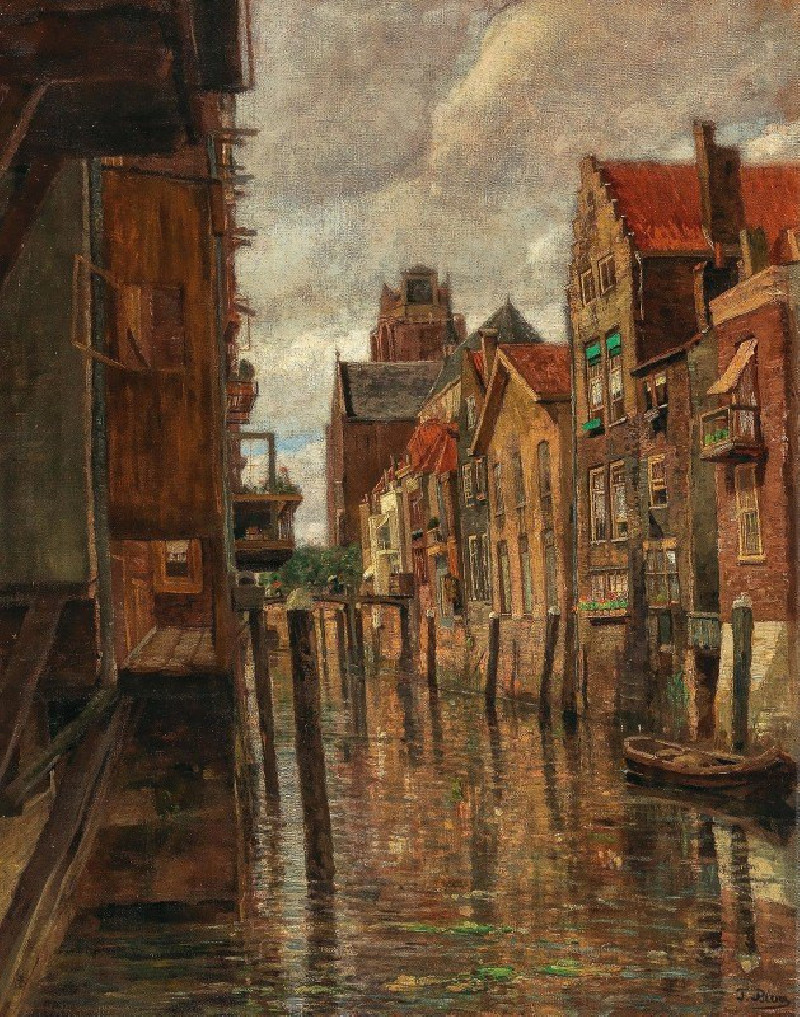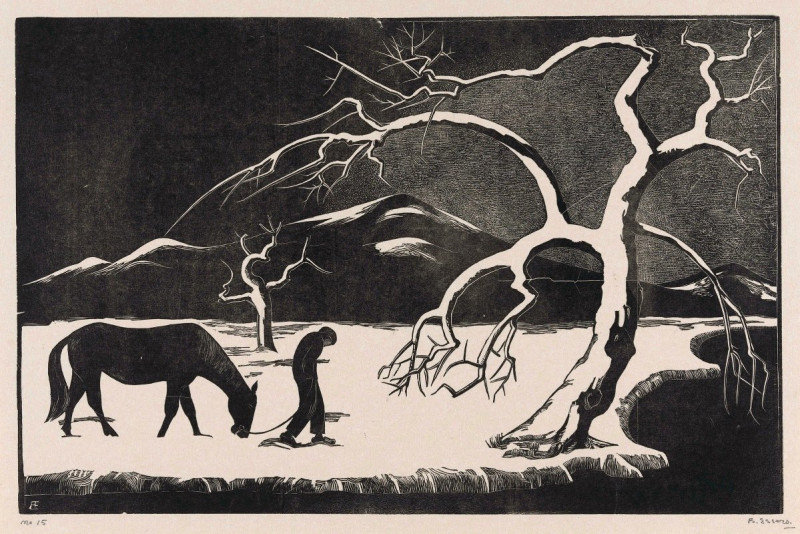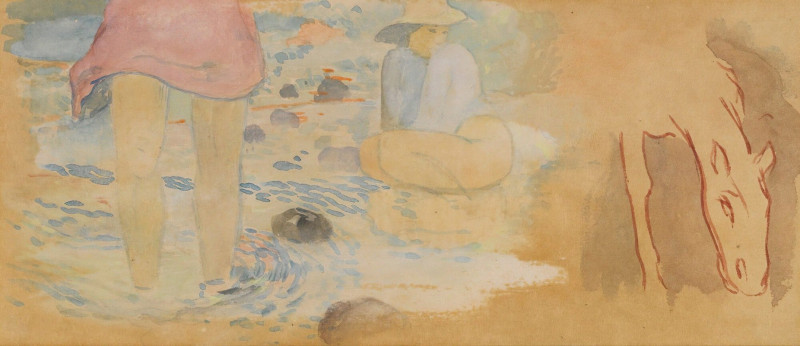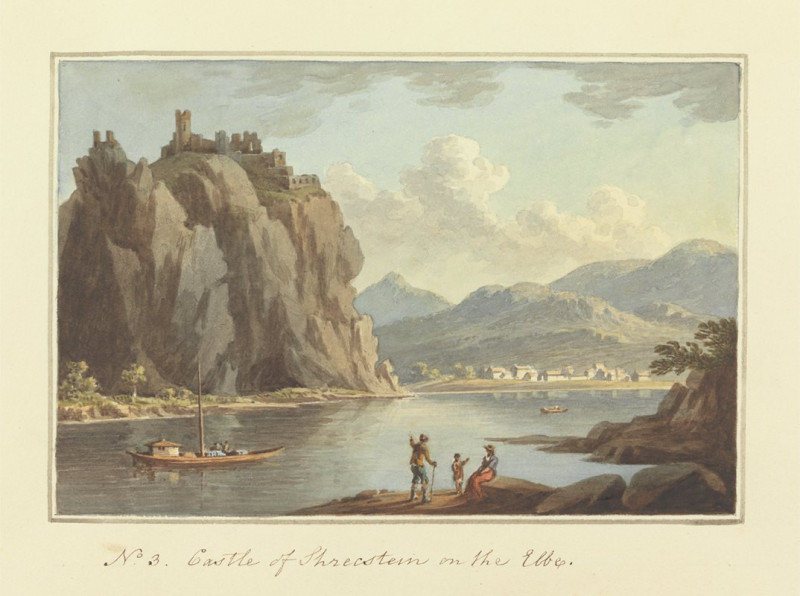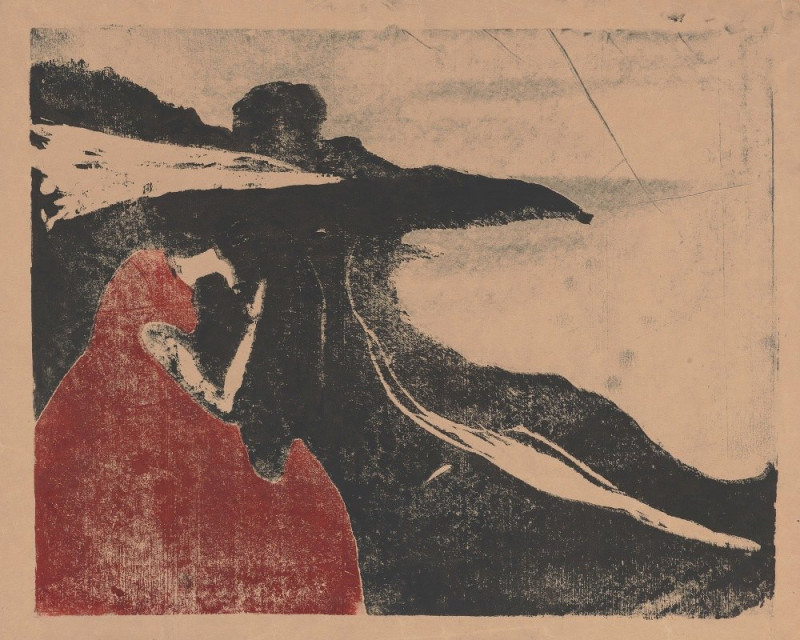Laramie Peak (1870)
Technique: Giclée quality print
Recommended by our customers
More about this artwork
Albert Bierstadt's painting "Laramie Peak" is a captivating representation of the grandeur of the American landscape in the form of a lush, expansive view. Created in 1870, this masterpiece illustrates the artist's fascination and adoration for the natural scenery of the West, exhibited in his detailed, luminous style that is characteristic of the Hudson River School.The painting foregrounds a serene lake which reflects the soft hues of the overlying sky and the majestic mountain peak the piece is named after - Laramie Peak. Nestled in a distant backdrop and shrouded by light mist, the snow-capped peak rises dramatically above the surrounding terrain, emphasizing its formidable presence and beauty.Surrounding the lake, dense patches of woodland spread across the canvas, while smaller gatherings of trees on gently rolling hills add depth and texture to the landscape. The tranquility of the scene is subtly animated by two figures in a small boat on the lake, providing a human element that affords scale and a sense of narrative to the serene wilderness.Bierstadt's use of light is particularly notable. The way he captures the glow on the water, the soft diffusion across the sky, and the sharp contrasts on the mountain demonstrates his skill in using light to enhance the emotional impact of his landscape paintings."Laramie Peak" is more than just a visual delight; it is a testament to Bierstadt's ability to capture the awe-inspiring beauty of the American West and to evoke a sense of wonder at nature’s pristine landscapes.
Delivery
Returns
Albert Bierstadt (January 7, 1830 – February 18, 1902) was a German-American painter best known for his lavish, sweeping landscapes of the American West. He joined several journeys of the Westward Expansion to paint the scenes. He was not the first artist to record the sites, but he was the foremost painter of them for the remainder of the 19th century.

